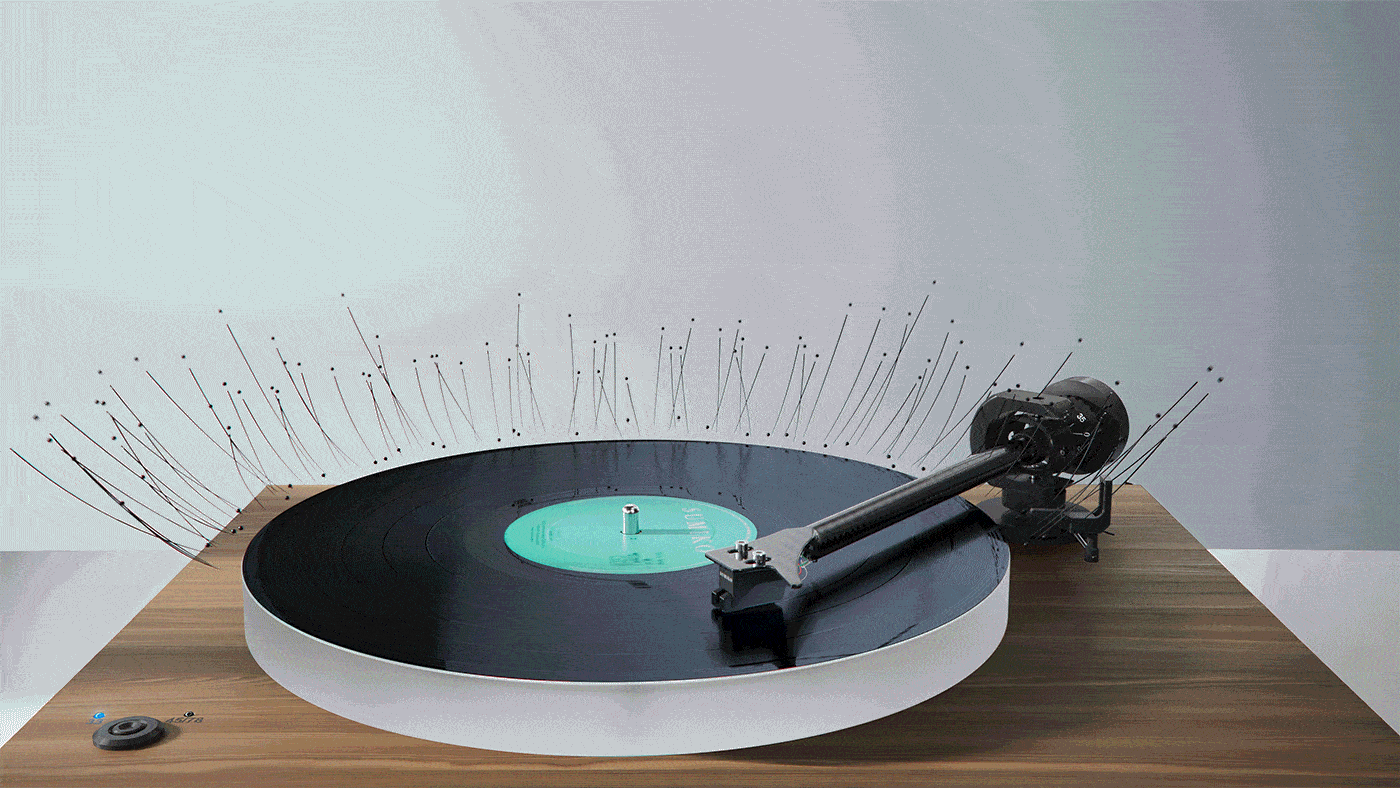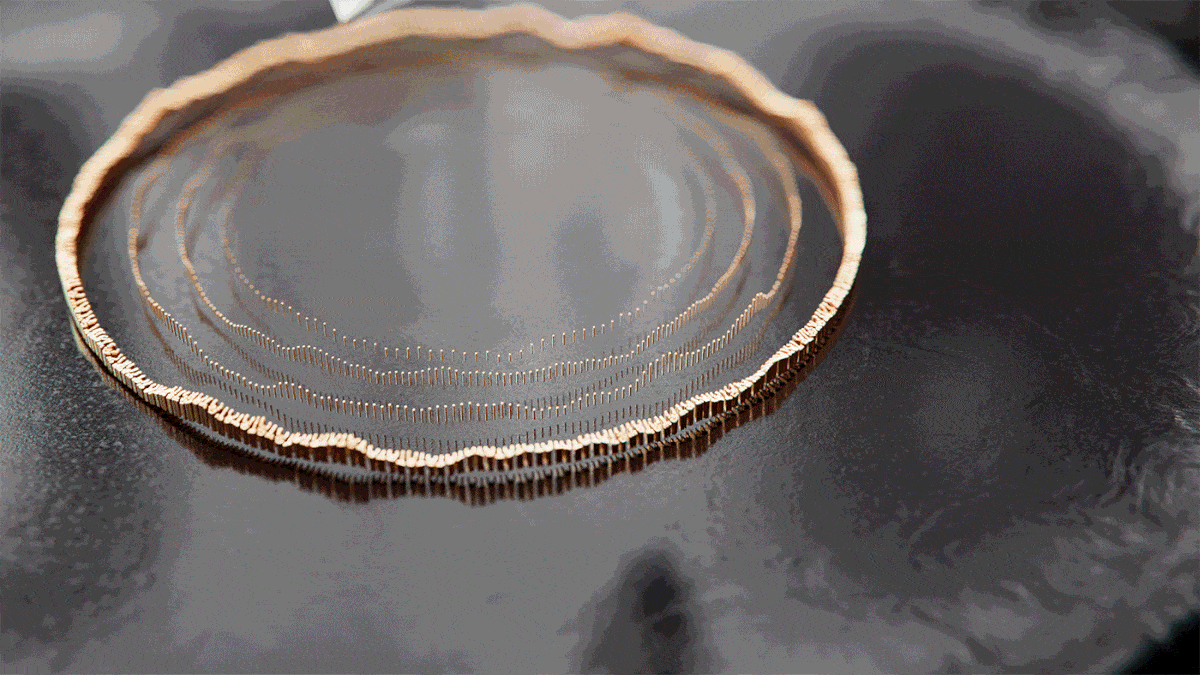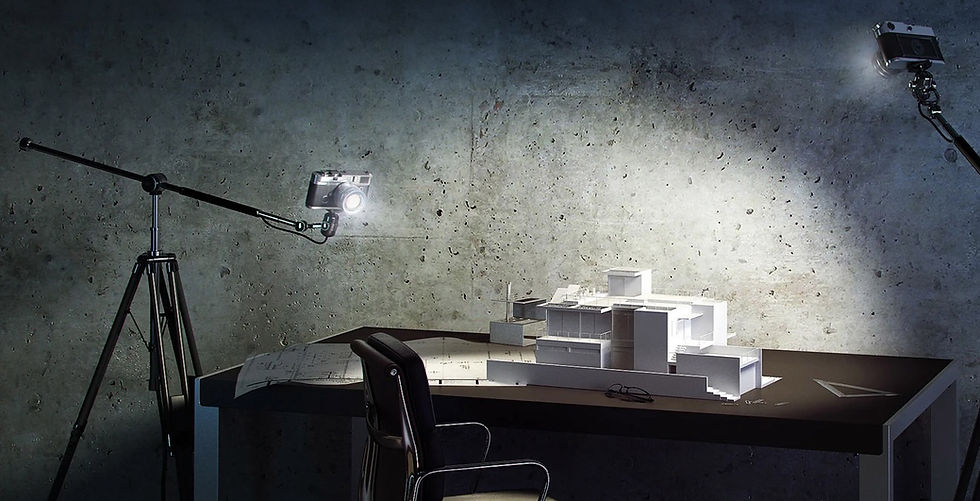Before You Start: File Input Every CG Production Company Needs
- Ilya Samokhvalov

- Aug 26
- 4 min read
Updated: Sep 3
Every great CGI project starts before any pixels hit the screen. The materials you bring in, from product photos to references, shape how quickly the team finds the right direction and how convincing the final images will look. Good preparation streamlines the process and sets the foundation for visuals that feel effortless and real.
Here are a few essentials to get ready before production begins - the groundwork that makes everything else fall into place.
References
References are the visual language that connects your vision with the production team’s work. Words like “minimal,” “luxury,” or “techy” are easy to misinterpret, but images make expectations clear from the start.
Bring materials that capture the mood you want: campaigns you admire, competitor visuals you aim to surpass, or stills from films and commercials. A well-curated reference set helps the team align quickly and move in the right direction.

Sometimes clients are not sure which references to choose or simply don’t have them prepared. In those cases, we take over this task and develop a creative concept from scratch, including references that guide the entire look and feel of the project.
Pro tip: group references by theme such as lighting, materials, animation style, or composition. This makes your intent clear at a glance.
Product Photos & CAD Files
Even when a product will be fully modeled in 3D, real photos are invaluable. They capture proportions, textures, colors, and how the object reacts to light. Shots from different angles, close-ups of unique details, and lifestyle images all give the team a solid foundation for building something believable.
CAD files take it a step further. They provide precision and accuracy that save time in modeling and ensure the result looks authentic. When files are organized clearly, with parts and materials easy to identify, the production moves much faster.
Together, photos and CAD data give the team both the artistic and technical references needed to create a product that feels real.
Pro tip: include both studio-lit photos and clean CAD exports when possible. The combination gives artists the best starting point for realism.
The Product Itself
Whenever possible, having access to the actual product makes a big difference. Holding it in hand allows artists to see how materials behave under real light, notice subtle textures, and understand proportions that photos alone may miss.
A prototype, a functional sample, or even just the packaging can be extremely helpful. Physical access gives the team an extra layer of insight that directly translates into more convincing CGI.
Pro tip: send the product early in the process. It helps during material and lighting development, when accuracy matters most.
Product Benefits & Target Audience
CGI works best when it highlights what matters most. The production team needs to know your product’s key selling points and the audience they should resonate with.
List the top three to five features or benefits that make the product stand out. The clearer this is, the easier it is to translate into strong visuals.
Defining the audience is just as important. Share who you want to reach: age, profession, lifestyle, values, or buying motivations. These details shape the tone, style, and pacing of the final imagery.
Pro tip: include real examples of your brand communication such as campaigns, social media posts, or website visuals. They give the team a clear sense of how you already connect with your audience.
Targeted Platforms & Tech Specs
Where your visuals will appear is just as important as what they look like. A video for TikTok tells its story in seconds, often fast paced and vertical. A video for a media facade follows a different rhythm, designed to hold attention from a distance and in a loop. Each platform comes with its own way of shaping the narrative, and Transparent House helps adapt the story so it works in every context.
Technical requirements also play a role. Resolution, aspect ratio, file formats, and looping preferences all influence production planning. We define these parameters together with you to make sure every version is ready for its intended platform.
Pro tip: if you are aiming for multiple platforms, align both the storytelling approach and the specs with Transparent House before production begins.
Detailed List of Assets
Clear deliverables keep the project on track. A main video is often just the starting point. Clients may also need alternate cuts, stills, thumbnails, vertical versions for social media, or product only renders for e-commerce. Knowing the full scope early allows the production team to plan resources, timing, and budget with precision.
We recommend putting together a detailed list of all required assets, including their intended use. For example: a thirty second hero video, a shorter version for Instagram, high resolution stills for an Amazon listing, or looped animations for retail displays.
Pro tip: the more specific the list, the easier it is to avoid last minute requests and extra costs.
Setting the Stage for Success
Every project benefits from solid preparation. Clear references, product details, and defined deliverables keep the process efficient and the results sharp. With the groundwork in place, we can focus on what matters most: creating CGI that brings the product to life.




































